The Creative Sparks Behind The Lydian Stone #
The Trigan Empire #
That blend of old and new, of togas and spaceships, really sparked the idea for a Roman Empire that develops new inventions and moves toward an industrial revolution. It showed me how exciting it could be to imagine a past that suddenly leaps into the future. I loved how it mixed ancient Roman style with futuristic tech.
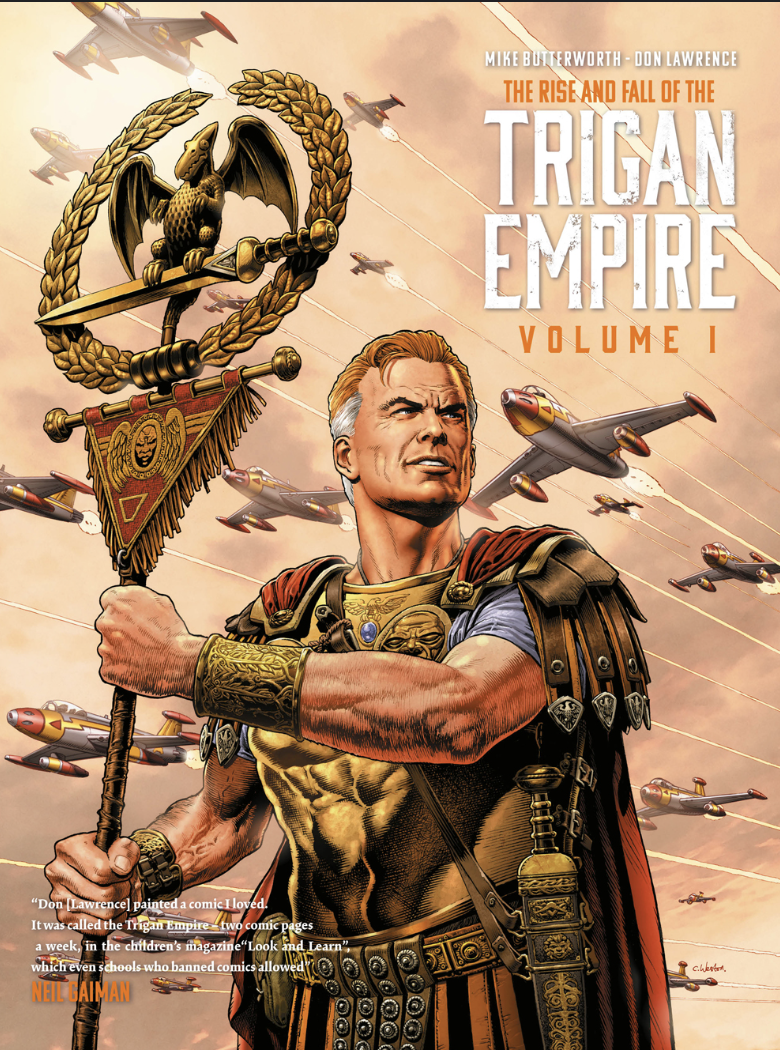
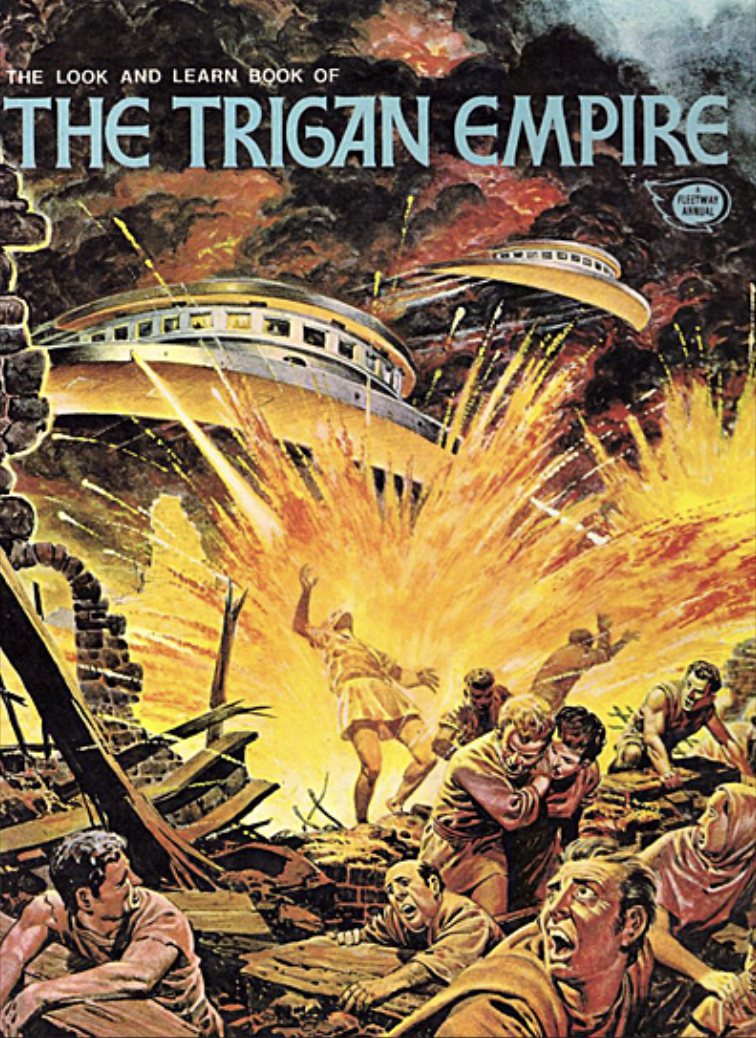

For those who don't know it, The Trigan Empire was a classic British comic series from the 60s and 70s. It told the story of an alien civilization on a planet called Elekton, led by their heroic Emperor Trigo. What made it so special was that while they had amazing things like flying vehicles and ray guns, their cities, clothes, and even their way of life looked a lot like ancient Rome. It was a fantastic example of blending different eras and technologies in a visually stunning way.
Riverworld Series #
In The Riverworld series, by Philip José Farmer, all of humanity is resurrected, everyone who ever lived, all at once, along the banks of a massive river. It’s not just a story about survival, it’s about starting over, with knowledge from across time.
That’s what fascinated me: the idea that ancient people, reborn, might meet modern thinkers who understand science and engineering. Suddenly, you have someone from the Bronze Age learning about steam engines. Or a medieval knight arguing politics with a 20th-century diplomat. It’s not fantasy, it’s applied history.
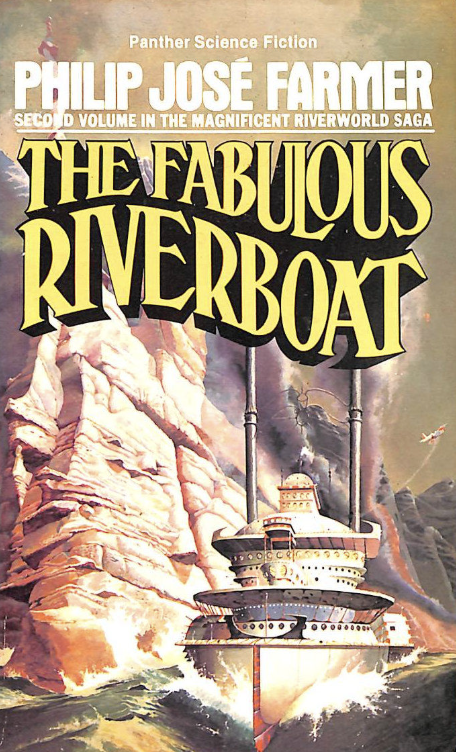
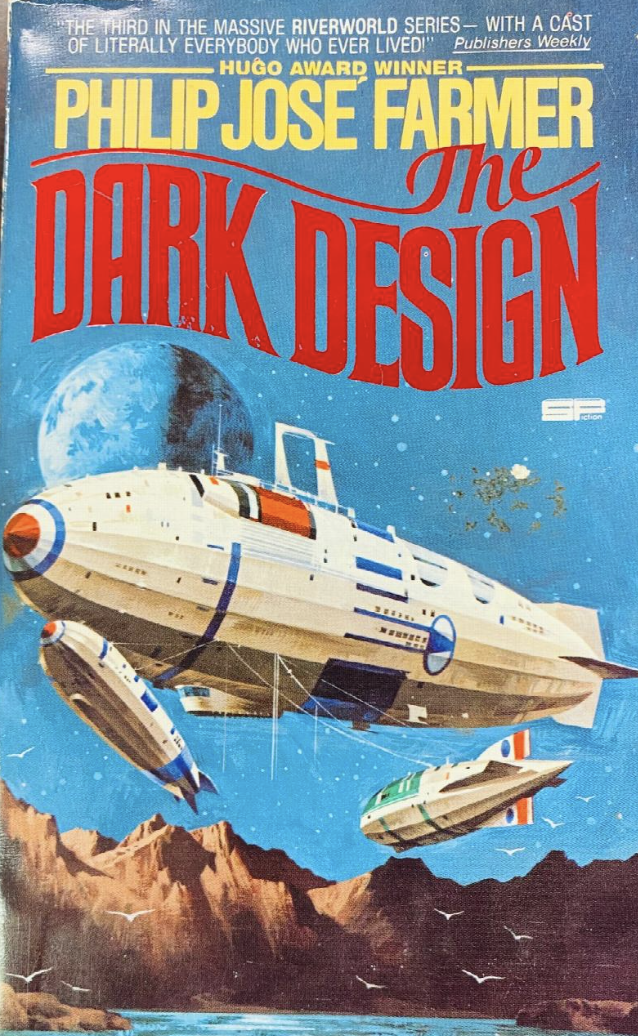
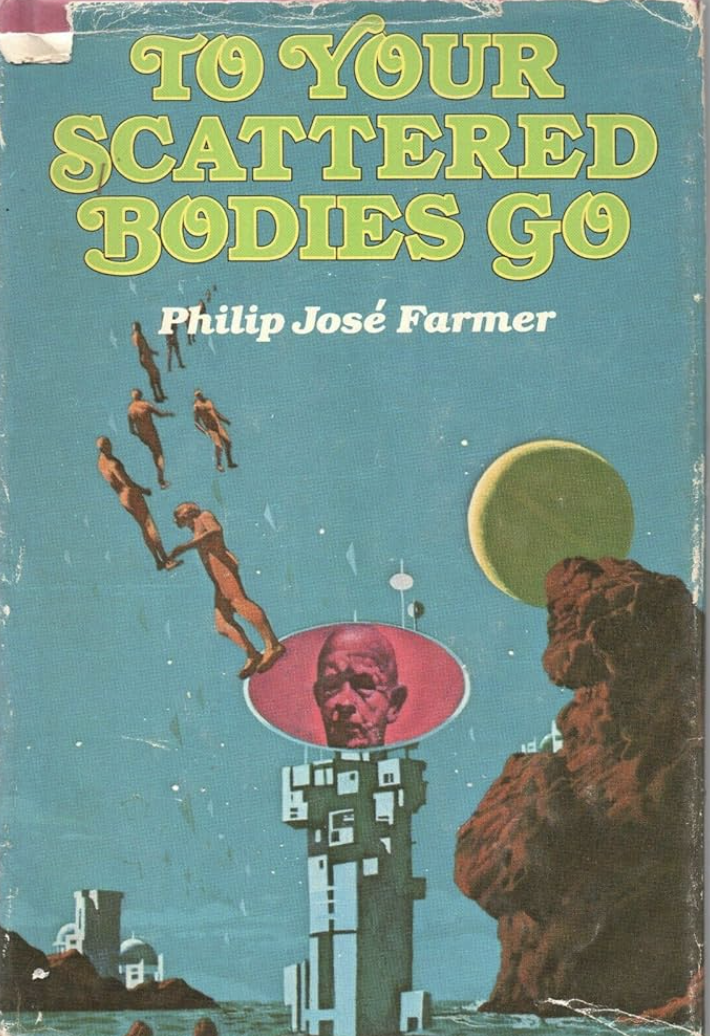
That core idea shaped The Lydian Stone. What if a Roman citizen, living in 79 AD, started learning from someone with modern knowledge, someone who knows what steam power is, how to use a lens, how to shape glass, how to organize labor? And what if that knowledge didn’t just change his life, but changed the course of history?
Visuals #
The look of The Lydian Stone had to feel clear and honest. The story moves between big ideas and small, personal moments, so the art needed to show both, without being too flashy or too plain.
Some of the artists below directly influenced the comic. Others just shaped how I see things.
Jean Giraud #
Also known as Moebius, his use of clean lines, strong colors, and calm compositions felt like the right fit for The Lydian Stone. Like him, I tried to keep things simple, letting small details and silent moments do the work instead of big poses or loud action.
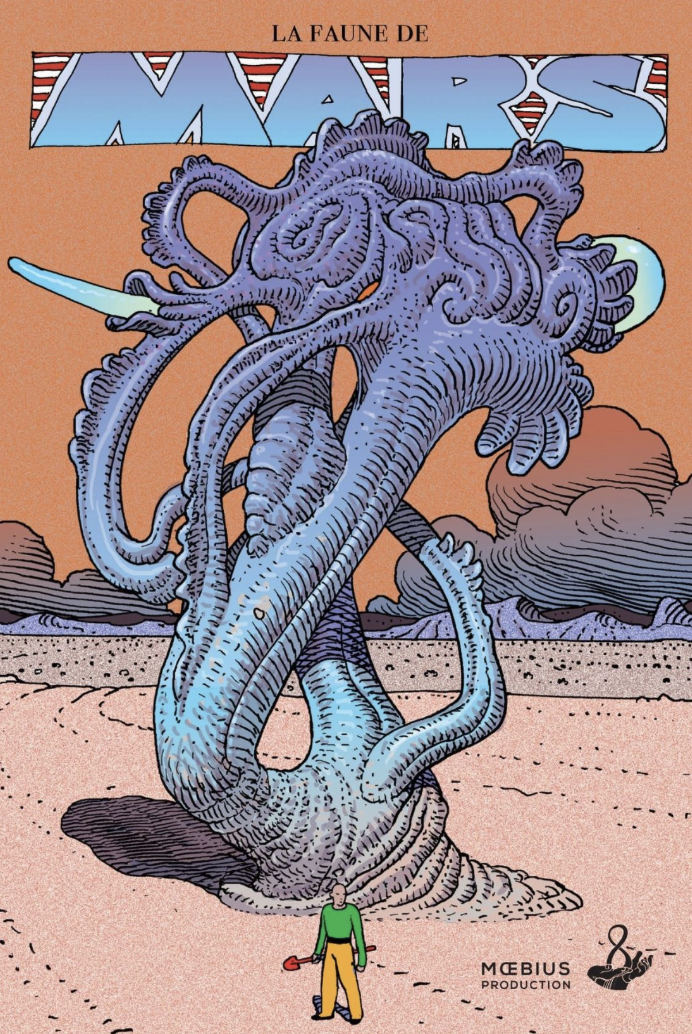
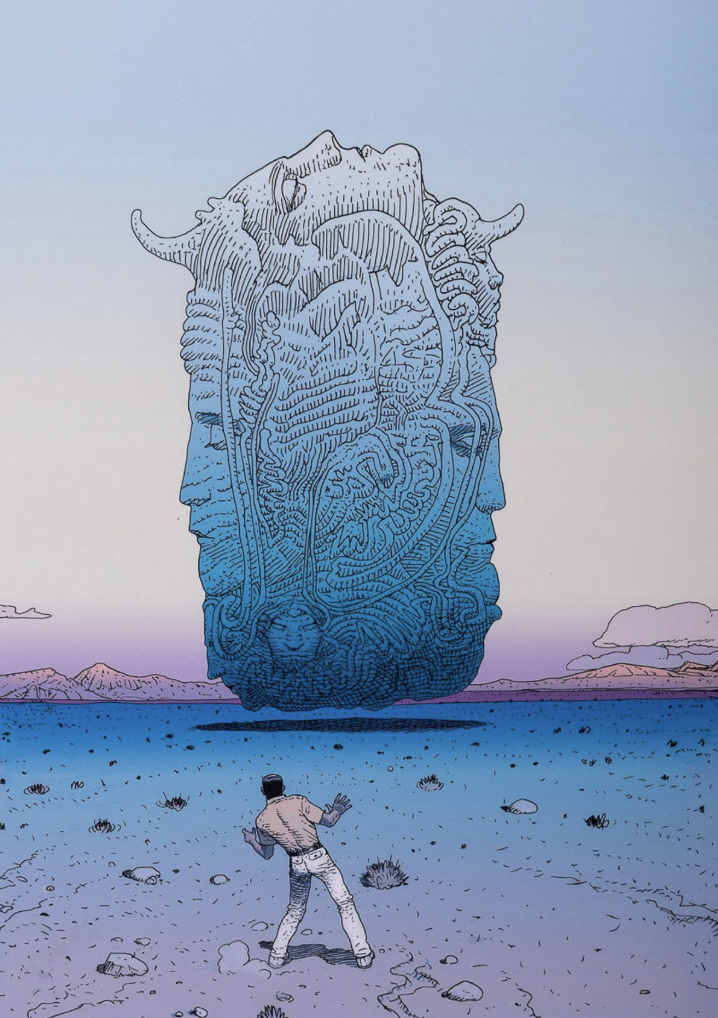
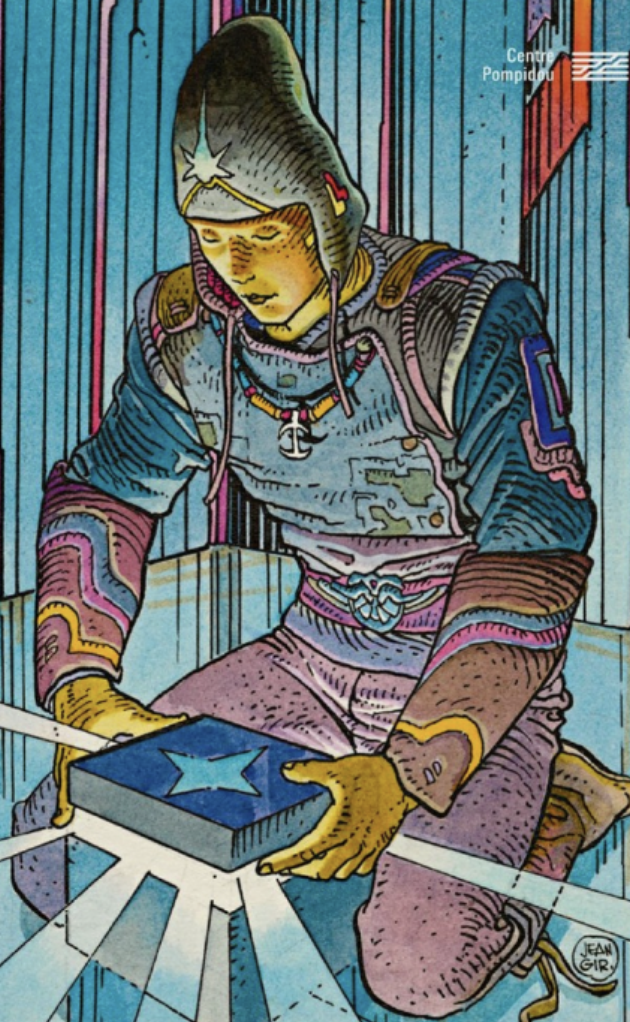
Moebius could create whole worlds with just a few lines, or sometimes with layers of rich, detailed textures.
Jean Giraud grew up during the war and escaped through American Westerns. He became famous drawing them in Blueberry. Later, after a psychedelic shift, he became Moebius and used science fiction to explore big ideas and strange, dreamlike worlds.
Milo Manara #
I always liked his art, but what made me truly appreciate him was learning about his work with famous filmmakers of his time, like Fellini.
They made Trip to Tulum and The Voyage of G. Mastorna together, both strange, dream-like stories that mix fantasy and real life.
Manara said Fellini was like a teacher to him. You can see it in his comics.
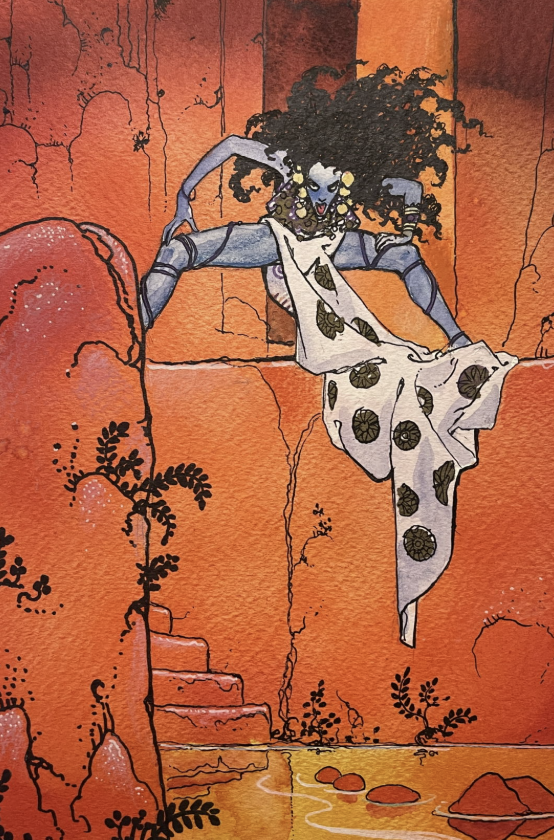
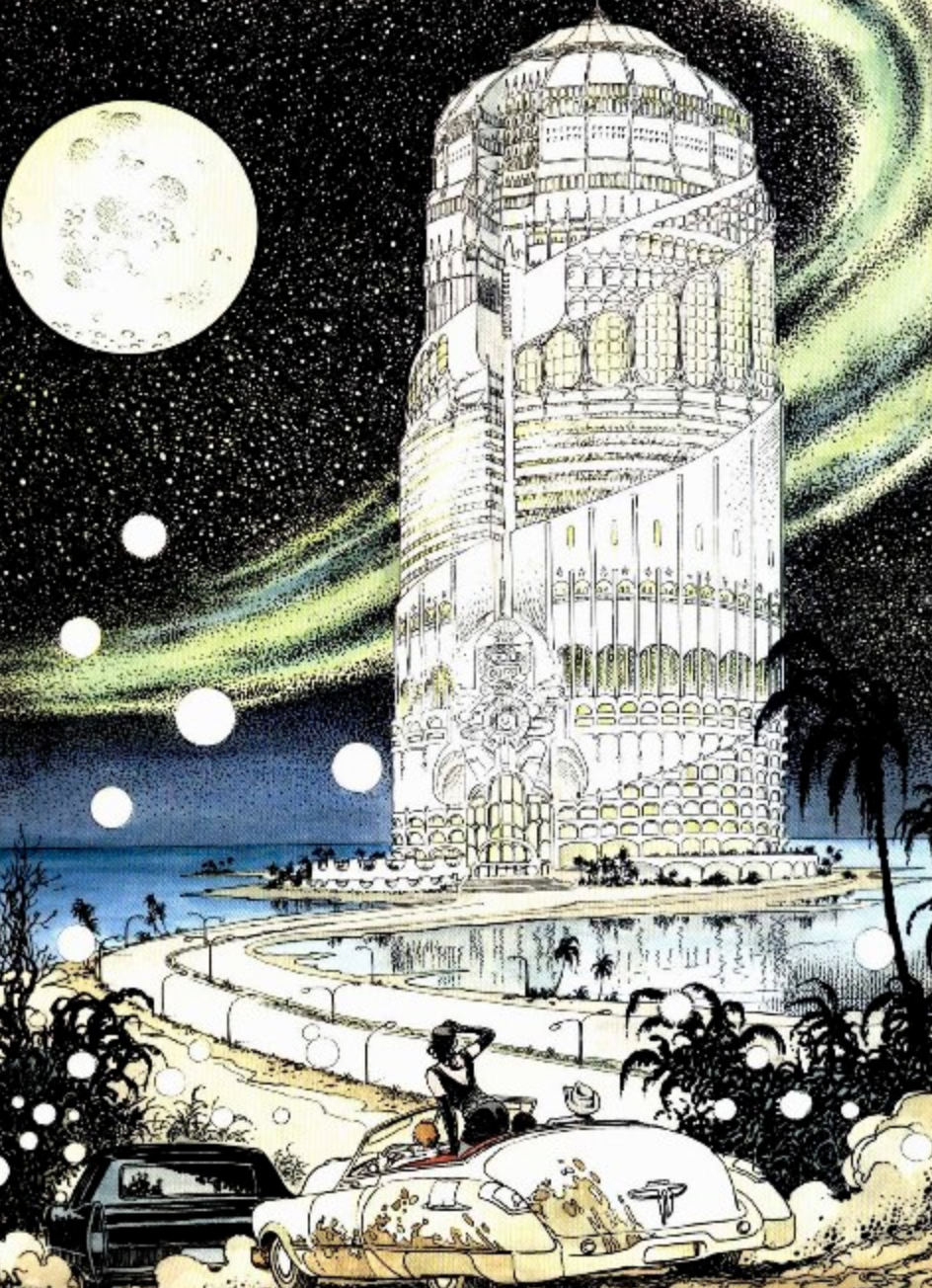
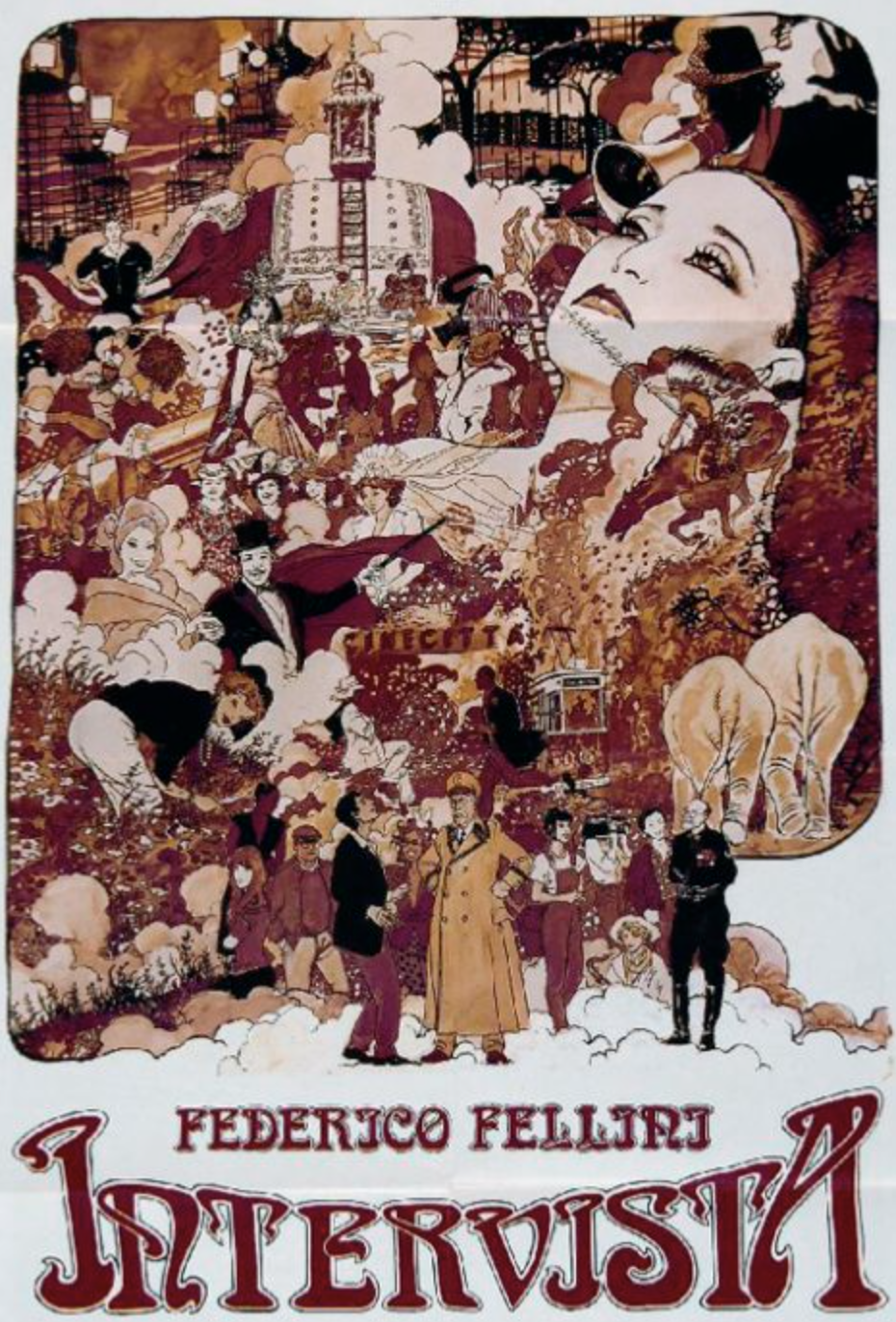
Hugo Pratt #
I first discovered Pratt work through the Corto Maltese stories. They mixed history, mystery, and quiet reflection in a way I hadn’t seen before. Like Moebius, with just a few lines, he creates scenes that feel open and alive.
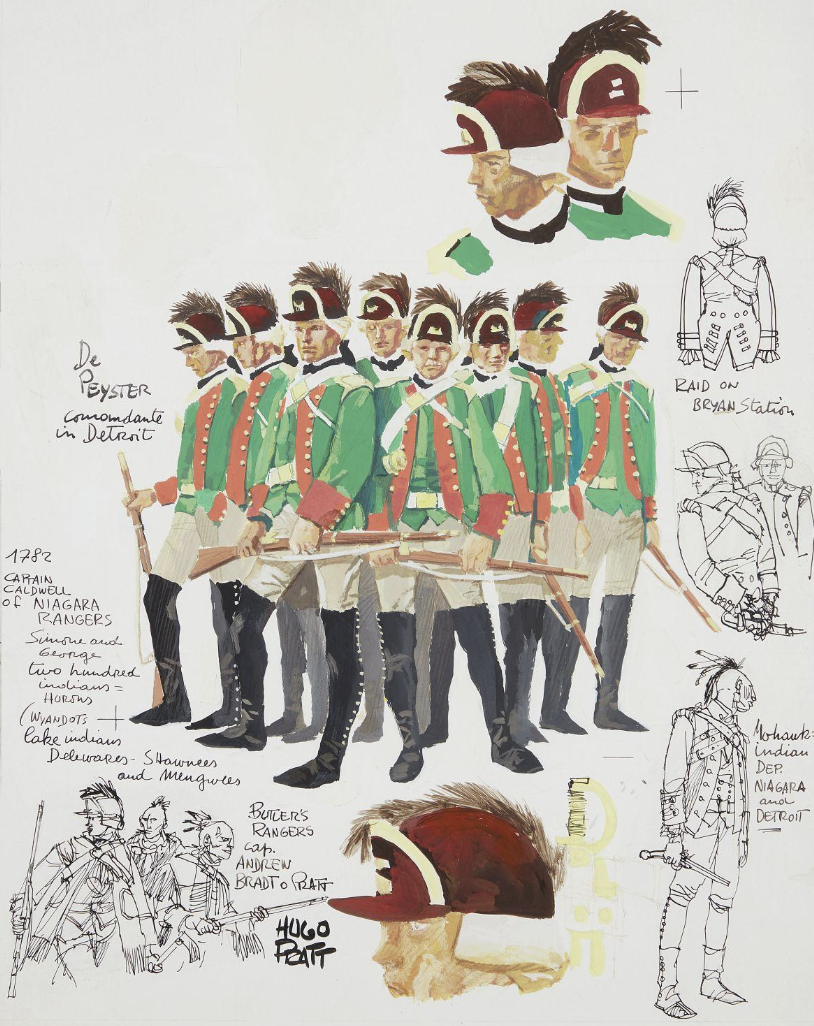

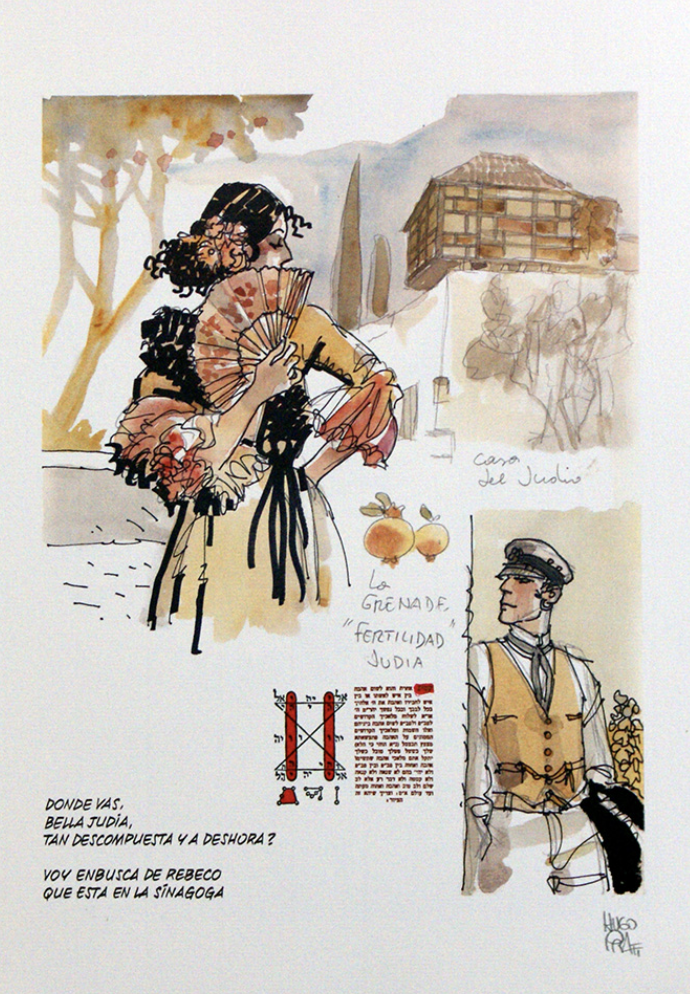
Katsuhiro Otomo #
One of the first manga artists to be fully recognized outside Japan, especially in Europe, where his detailed style and cinematic pacing made a big impact.
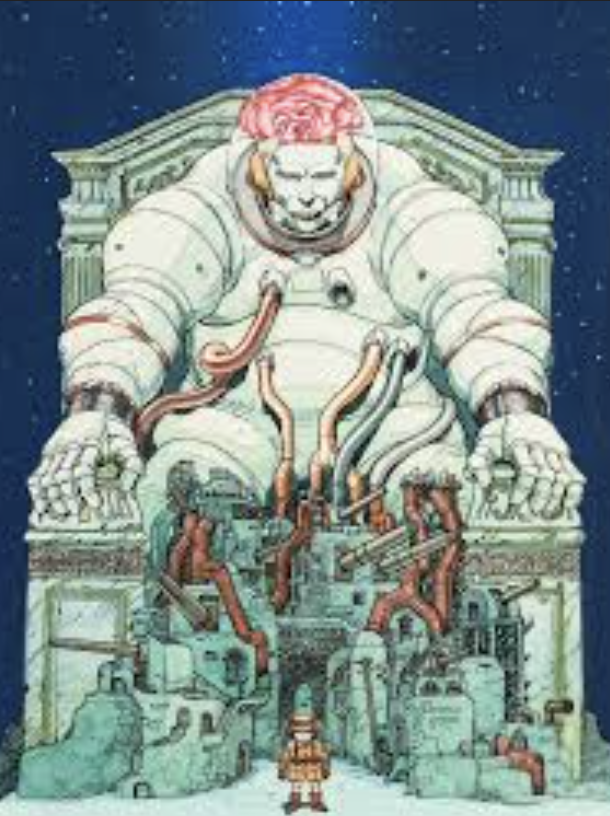
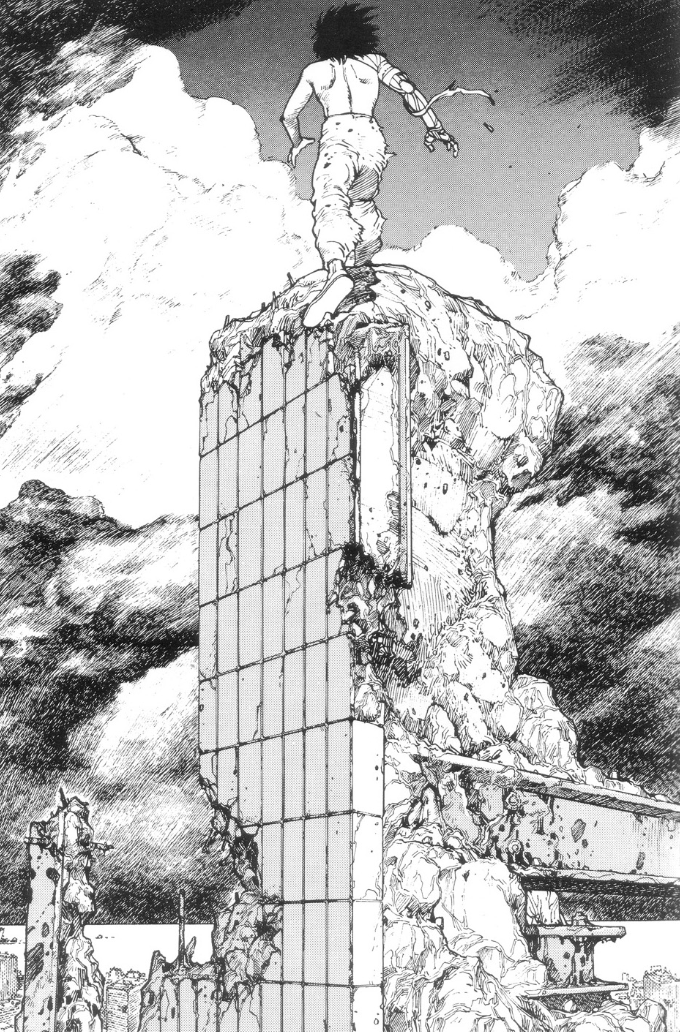
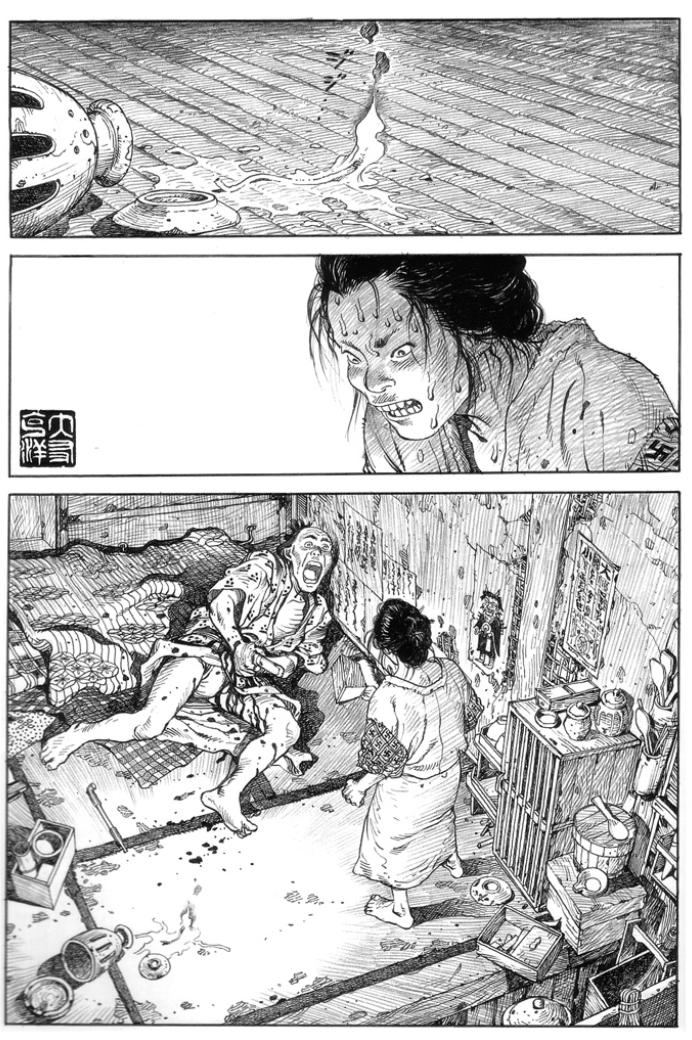
He also directed the animated film version of Akira himself, something rare for a manga creator, and it helped shape how Japanese animation was seen around the world.
H.R. Giger #
He designed the creature in Alien and, for a long time, that’s all I knew him for. But after visiting an exhibit of his life’s work, I was hooked.
His style, what he called "biomechanical", blended human anatomy with machines, creating surreal, nightmarish images that were both strange and beautiful.
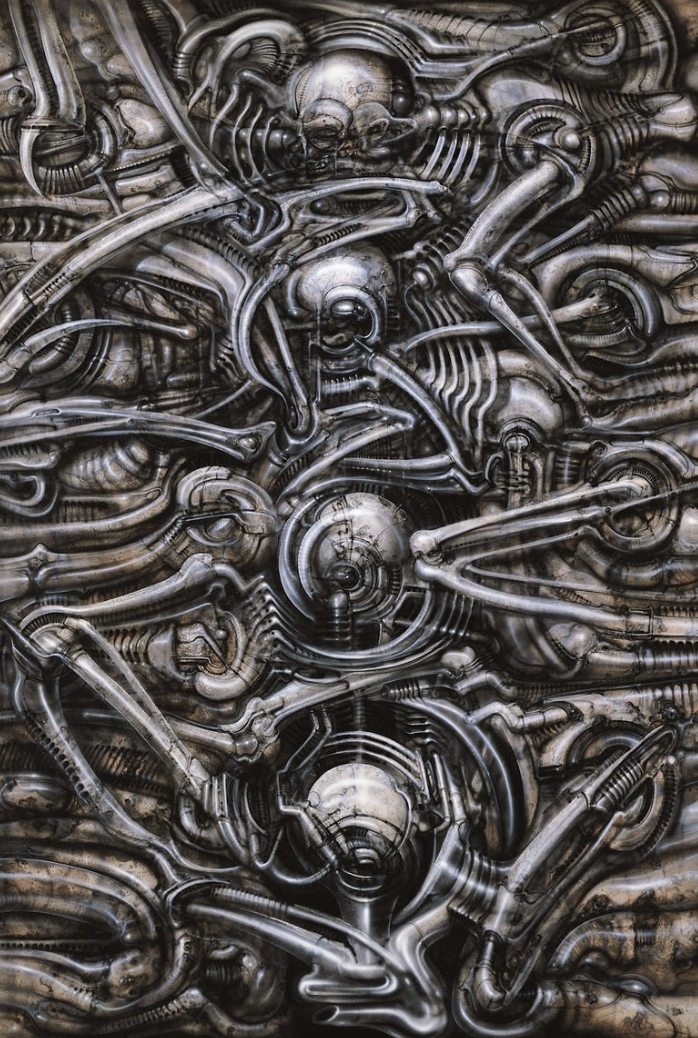
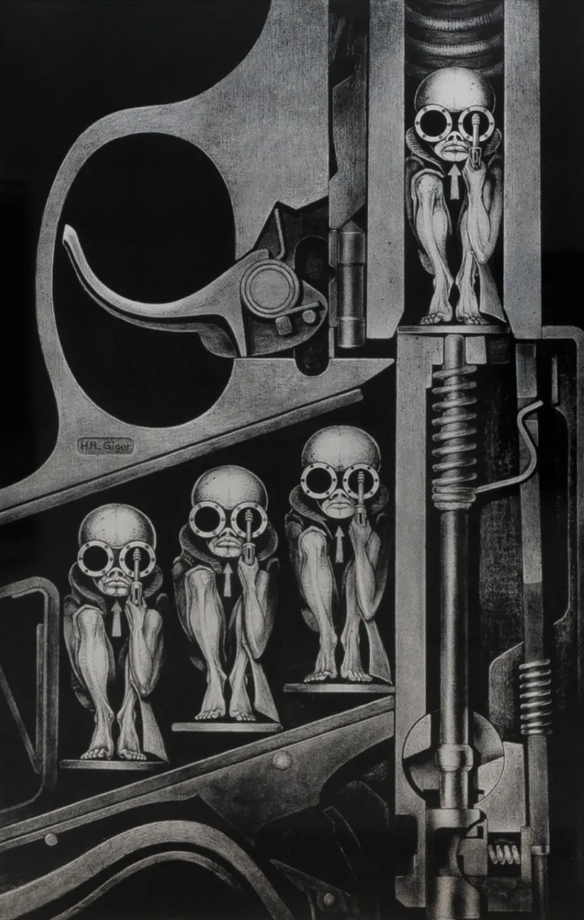

Giger’s art was shaped by personal darkness. He struggled with depression, and the suicide of his partner left a deep mark on him. That pain runs through his work, giving it an eerie, emotional power.
Others #
El profesor Franz de Copenhague #
El Profesor Franz de Copenhague was a beloved comic strip character from the Spanish comic magazine TBO.
He was a quirky, eccentric professor known for inventing the most bizarre and often useless gadgets. Each strip would show him proudly presenting his latest creation, which would invariably lead to hilarious and often disastrous outcomes.
It was all about the chain reaction of unintended consequences.
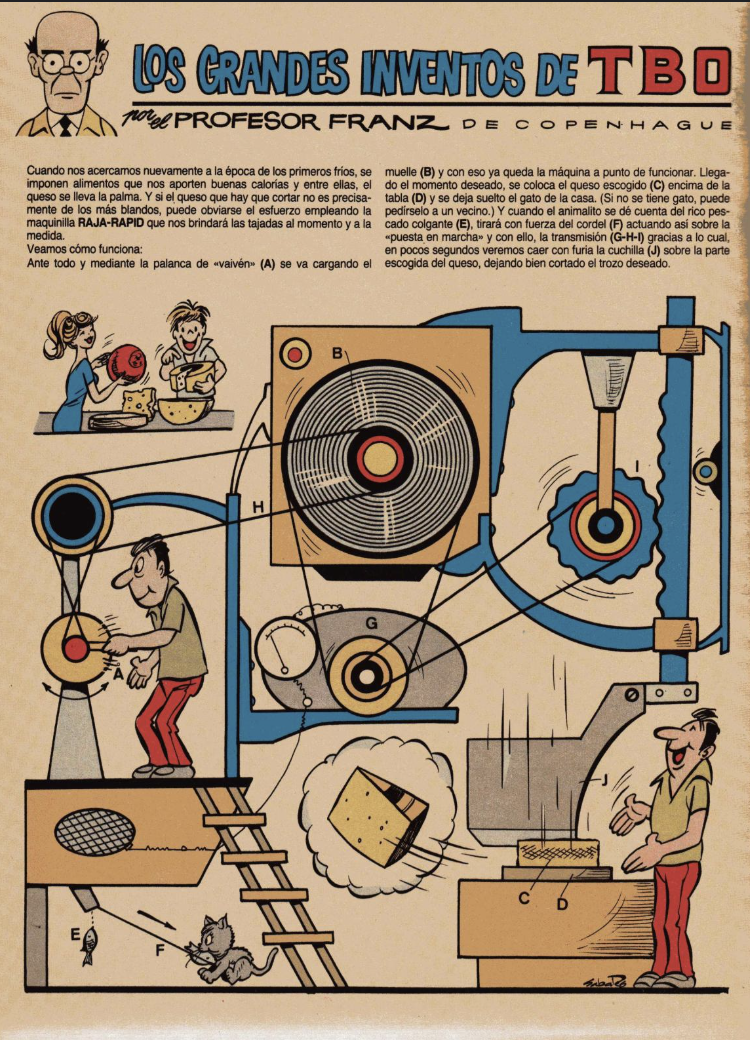
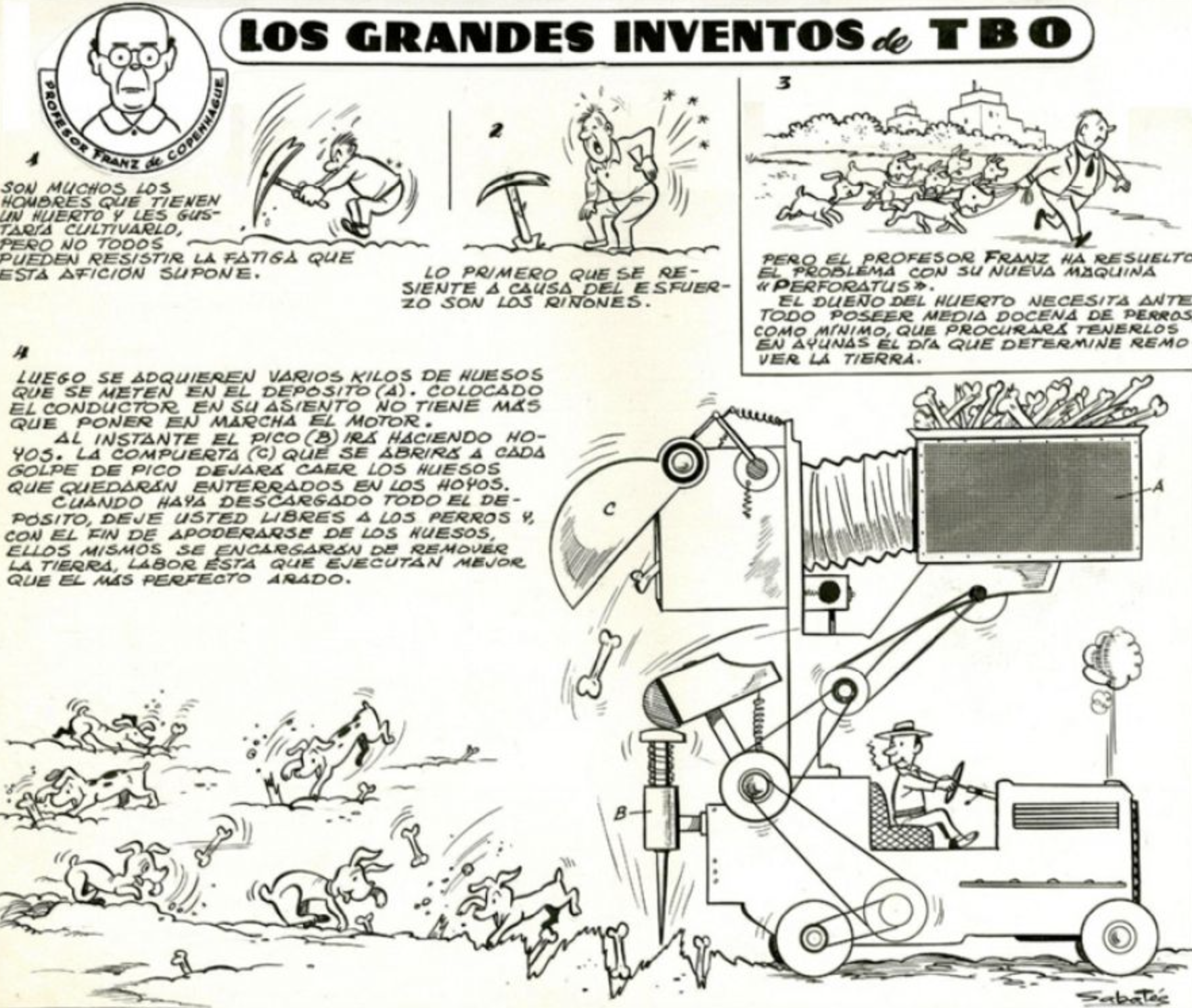
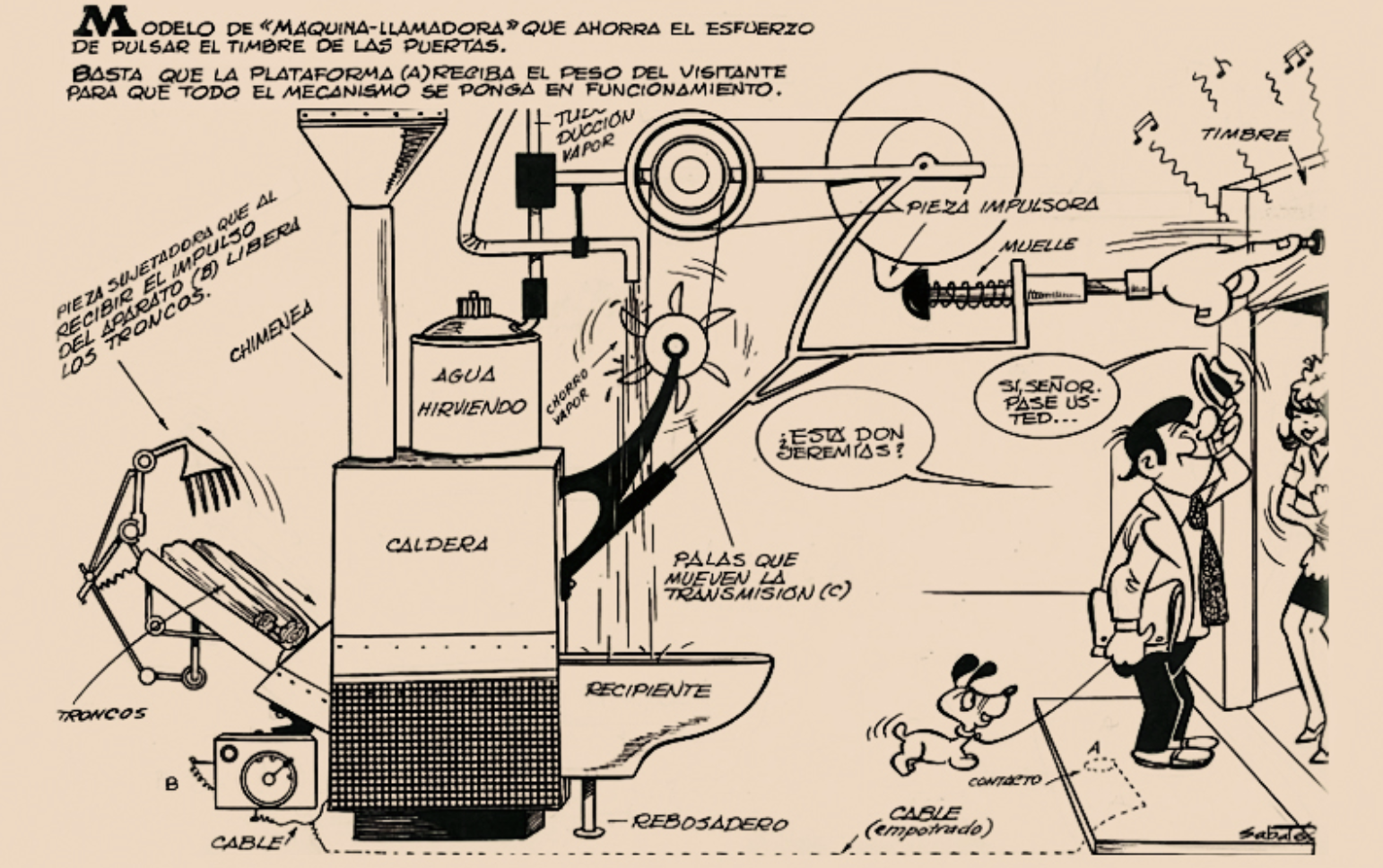
I was fascinated by his wacky inventions, not just their silly outcomes, but the extremely intricate sketches that detailed every part of their design. That's what clicked for me: how crucial it is to make the technical diagrams in the comic both exciting and impactful. You’ll find plenty of those sketches in Issues #2 and #3.
Primitive Technology Videos #
Seeing how someone with modern knowledge could start from scratch, using only what they found around them and their hands, and build things like kilns, make pottery, or smelt metal, that's exactly what I wanted Marcus and Ulyses to do. It highlighted the ingenuity required and showed how powerful it is when modern scientific understanding is applied to basic materials.
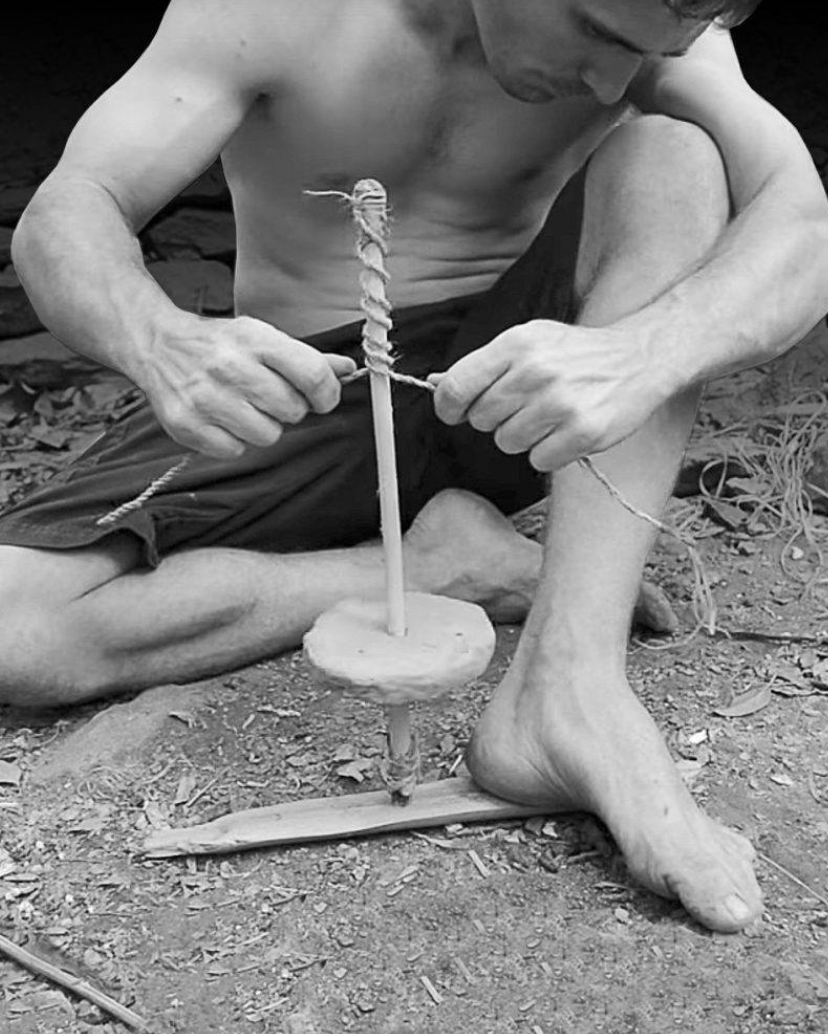


These videos really brought to life the idea of building complex things from first principles. They showed me that with the right knowledge, you don't need fancy factories to create incredible tools and technology. That direct, hands-on approach to innovation, using only available resources, is a core part of how Marcus and Ulyses will change ancient Rome.